Refine listing
Actions for selected content:
2251 results in Cambridge Elements
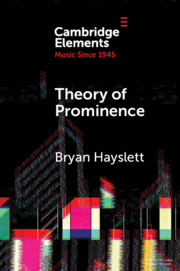
Theory of Prominence
- Temporal Structure of Music Based on Linguistic Stress
-
- Published online:
- 28 August 2022
- Print publication:
- 03 November 2022
-
- Element
- Export citation

Xin Fengxia and the Transformation of China's Ping Opera
-
- Published online:
- 26 August 2022
- Print publication:
- 15 September 2022
-
- Element
- Export citation

Therapeutic Targeting of RAS Mutant Cancers
-
- Published online:
- 26 August 2022
- Print publication:
- 15 September 2022
-
- Element
- Export citation
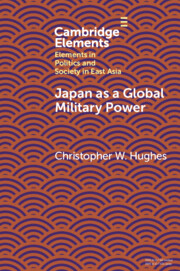
Japan as a Global Military Power
- New Capabilities, Alliance Integration, Bilateralism-Plus
-
- Published online:
- 26 August 2022
- Print publication:
- 15 September 2022
-
- Element
-
- You have access
- Open access
- HTML
- Export citation
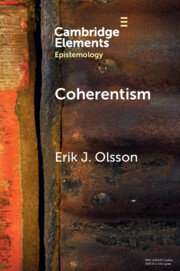
Coherentism
-
- Published online:
- 25 August 2022
- Print publication:
- 08 September 2022
-
- Element
- Export citation
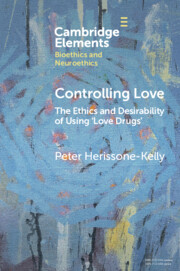
Controlling Love
- The Ethics and Desirability of Using ‘Love Drugs'
-
- Published online:
- 25 August 2022
- Print publication:
- 15 September 2022
-
- Element
- Export citation
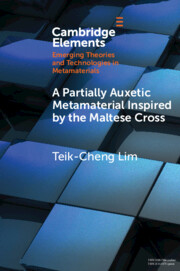
A Partially Auxetic Metamaterial Inspired by the Maltese Cross
-
- Published online:
- 25 August 2022
- Print publication:
- 15 September 2022
-
- Element
- Export citation
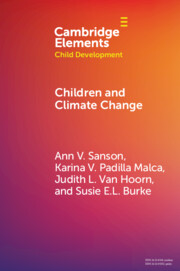
Children and Climate Change
-
- Published online:
- 25 August 2022
- Print publication:
- 22 September 2022
-
- Element
- Export citation
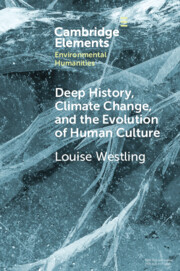
Deep History, Climate Change, and the Evolution of Human Culture
-
- Published online:
- 24 August 2022
- Print publication:
- 08 September 2022
-
- Element
- Export citation
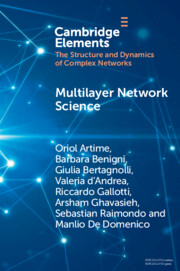
Multilayer Network Science
- From Cells to Societies
-
- Published online:
- 23 August 2022
- Print publication:
- 15 September 2022
-
- Element
- Export citation
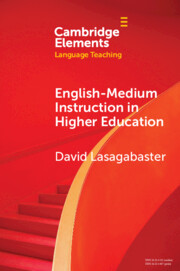
English-Medium Instruction in Higher Education
-
- Published online:
- 22 August 2022
- Print publication:
- 08 September 2022
-
- Element
- Export citation
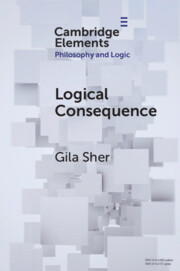
Logical Consequence
-
- Published online:
- 20 August 2022
- Print publication:
- 08 September 2022
-
- Element
- Export citation
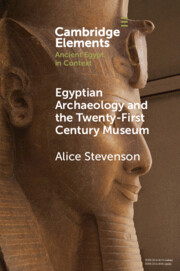
Egyptian Archaeology and the Twenty-First Century Museum
-
- Published online:
- 19 August 2022
- Print publication:
- 08 September 2022
-
- Element
- Export citation

Networks in the Public Sector
- A Multilevel Framework and Systematic Review
-
- Published online:
- 18 August 2022
- Print publication:
- 25 August 2022
-
- Element
- Export citation
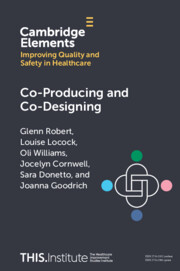
Co-Producing and Co-Designing
-
- Published online:
- 17 August 2022
- Print publication:
- 08 September 2022
-
- Element
-
- You have access
- Open access
- HTML
- Export citation
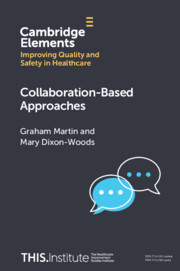
Collaboration-Based Approaches
-
- Published online:
- 17 August 2022
- Print publication:
- 08 September 2022
-
- Element
-
- You have access
- Open access
- HTML
- Export citation
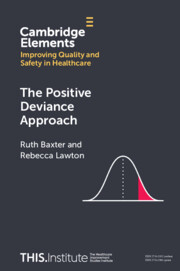
The Positive Deviance Approach
-
- Published online:
- 17 August 2022
- Print publication:
- 08 September 2022
-
- Element
-
- You have access
- Open access
- HTML
- Export citation
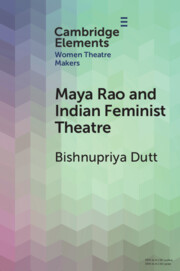
Maya Rao and Indian Feminist Theatre
-
- Published online:
- 17 August 2022
- Print publication:
- 08 September 2022
-
- Element
- Export citation
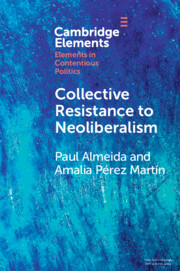
Collective Resistance to Neoliberalism
-
- Published online:
- 15 August 2022
- Print publication:
- 08 September 2022
-
- Element
- Export citation

Evolutionary Perspectives on Religion and Violence
-
- Published online:
- 15 August 2022
- Print publication:
- 01 September 2022
-
- Element
- Export citation
